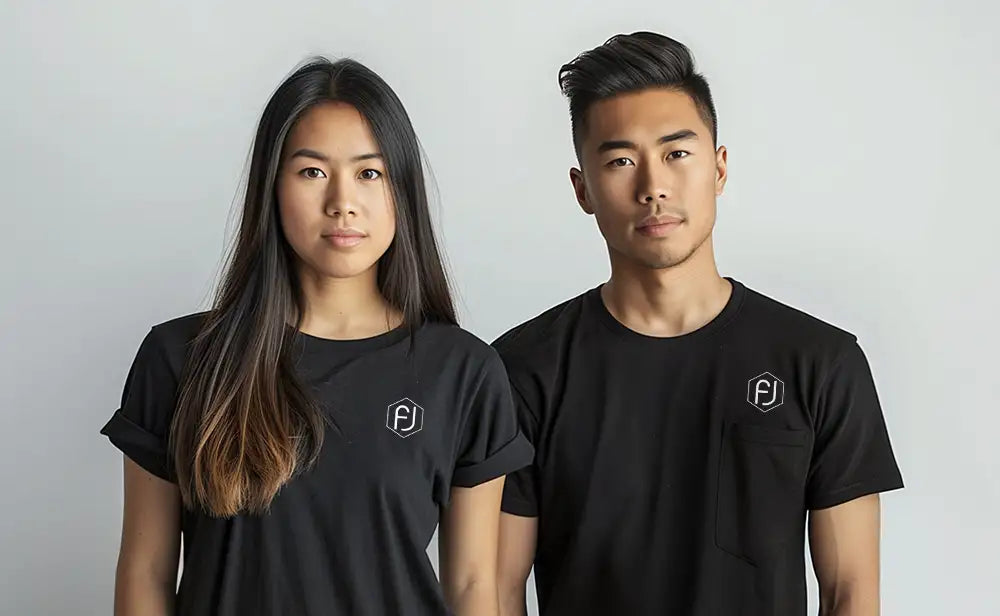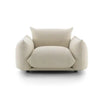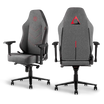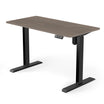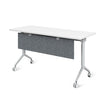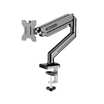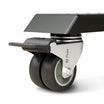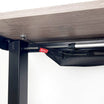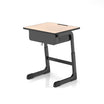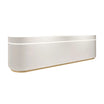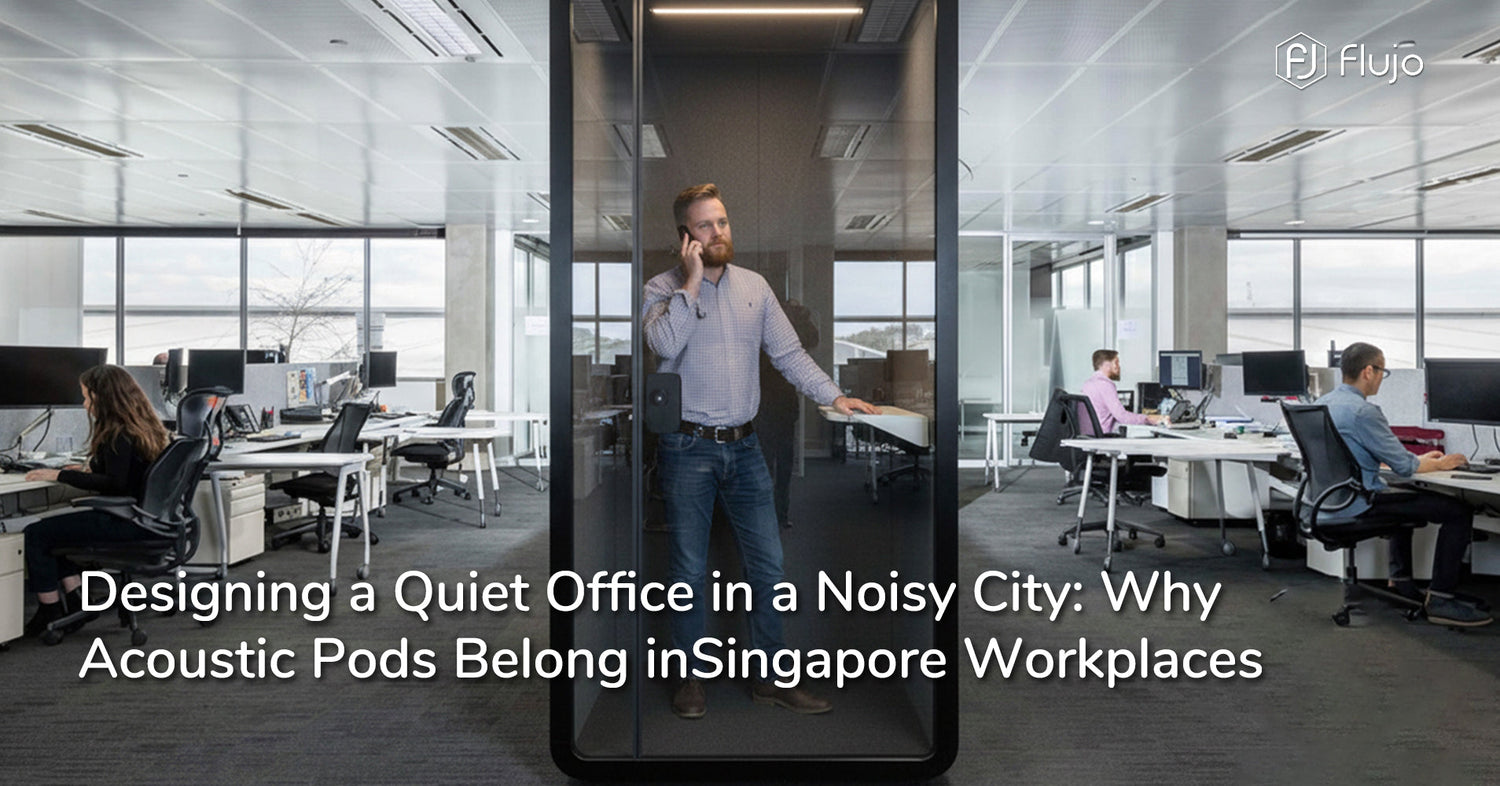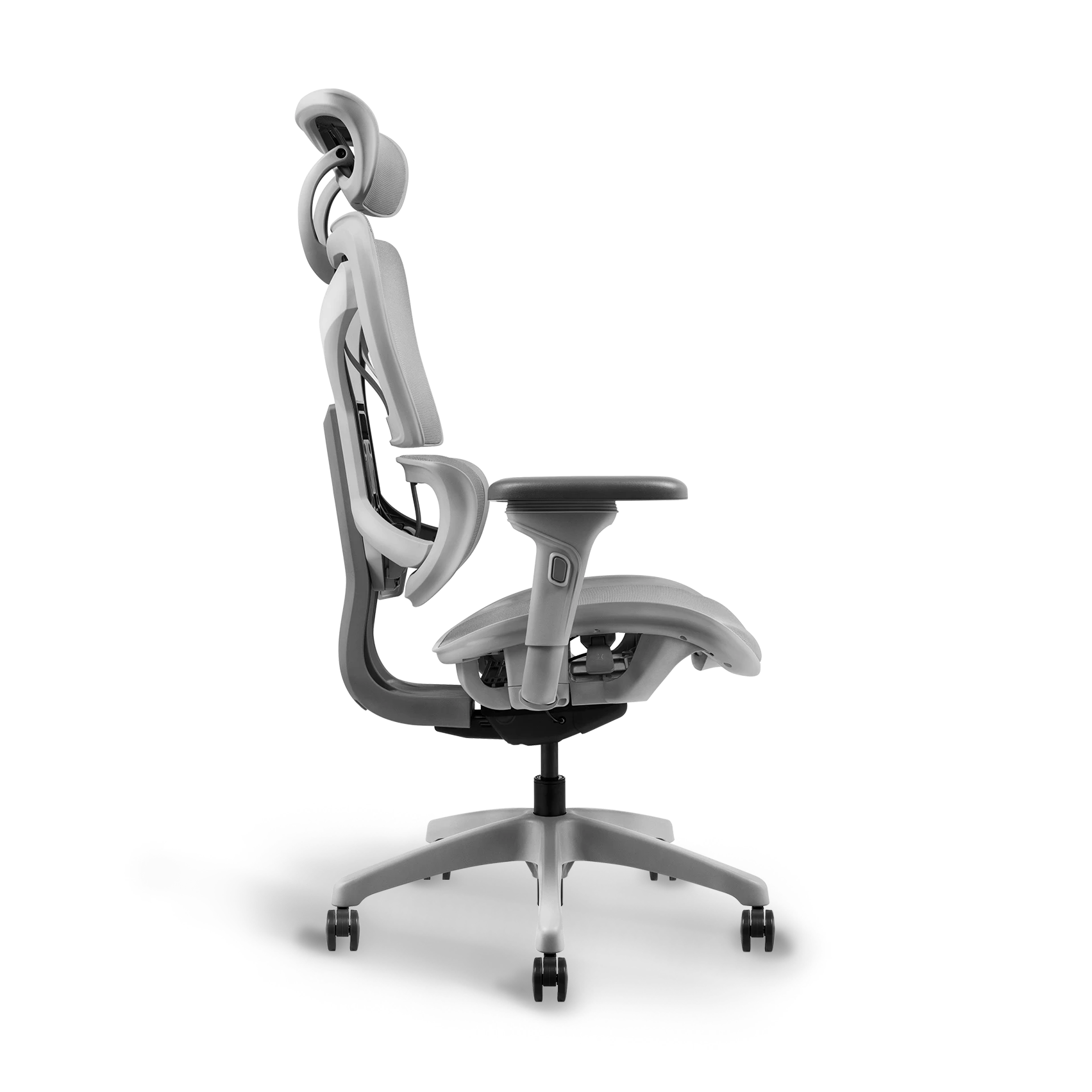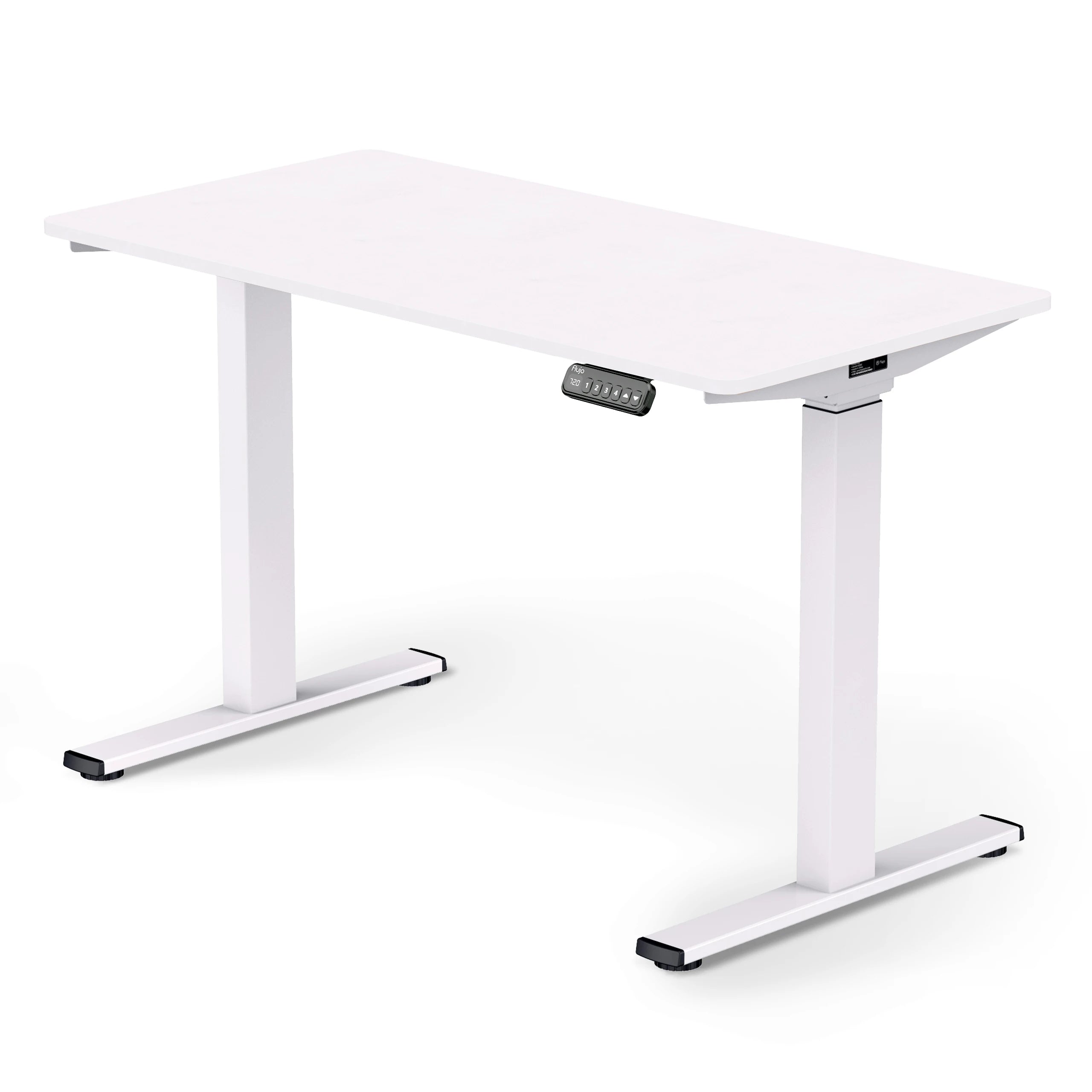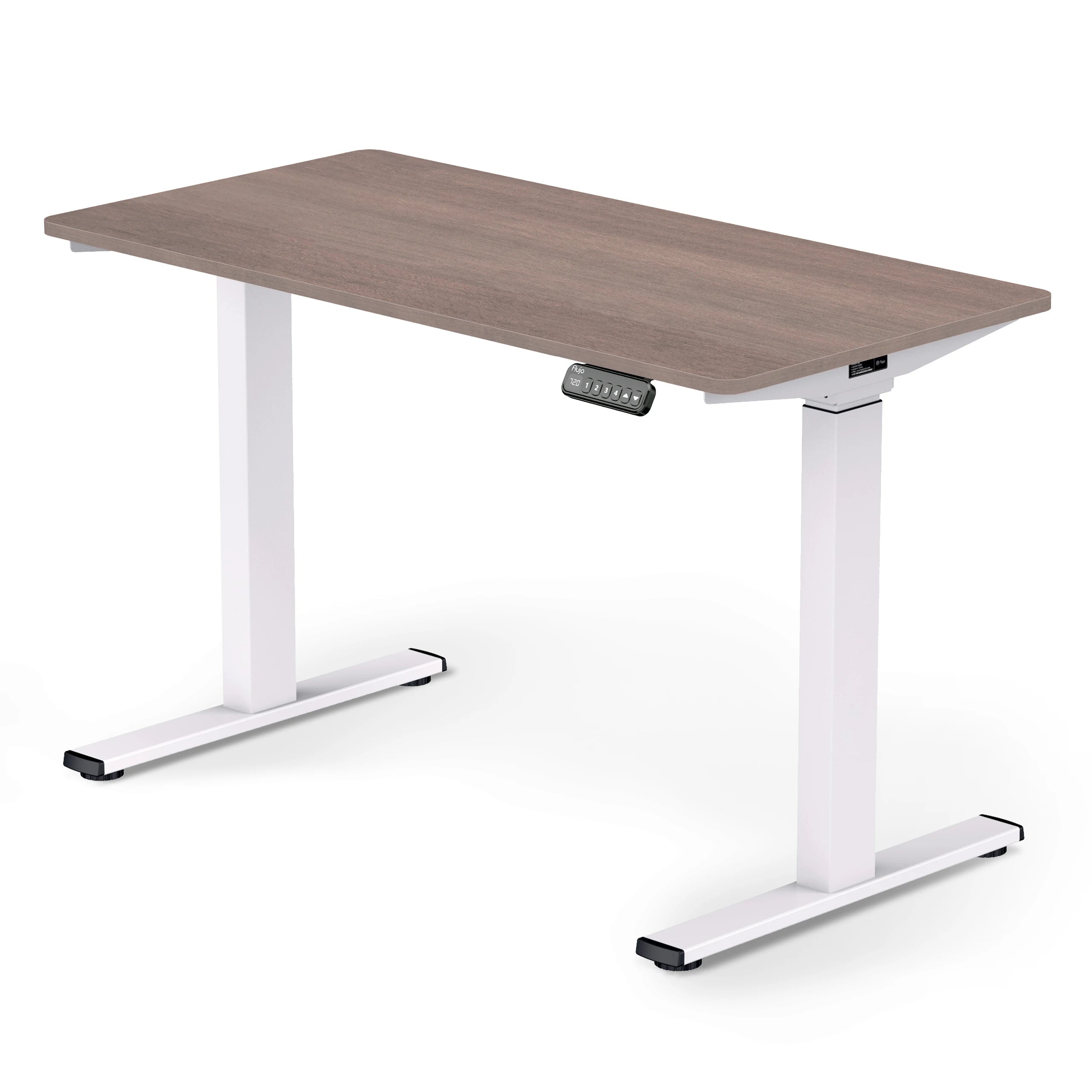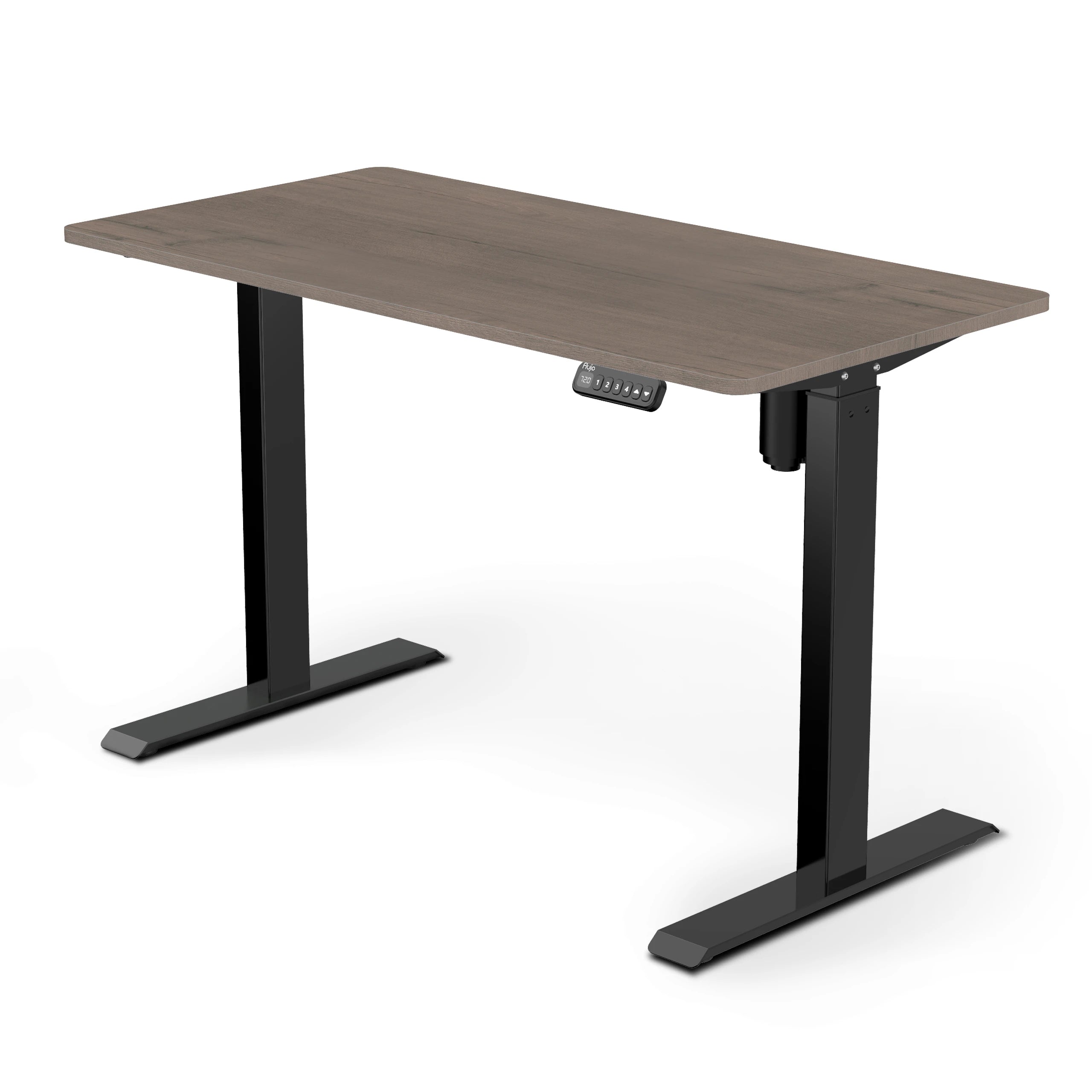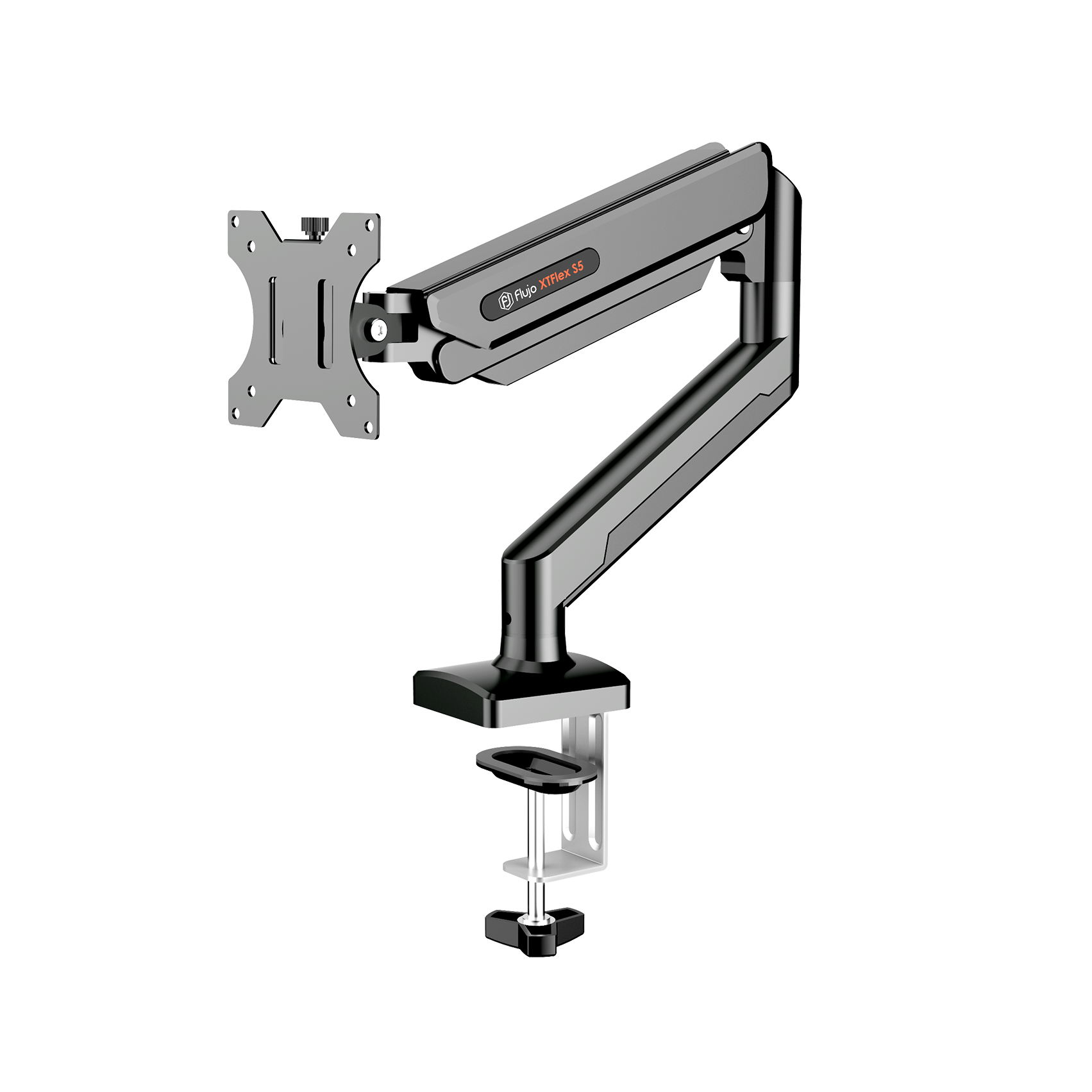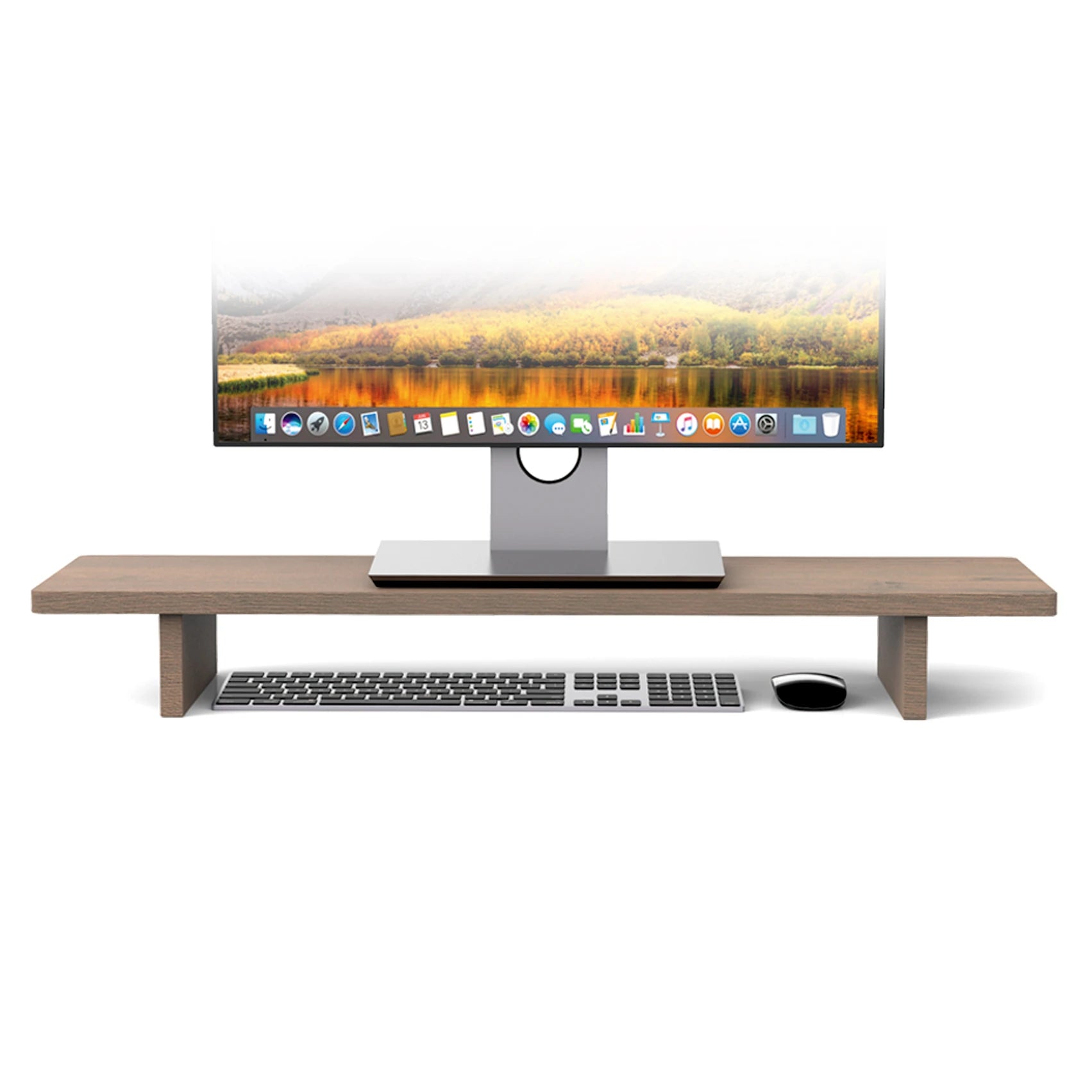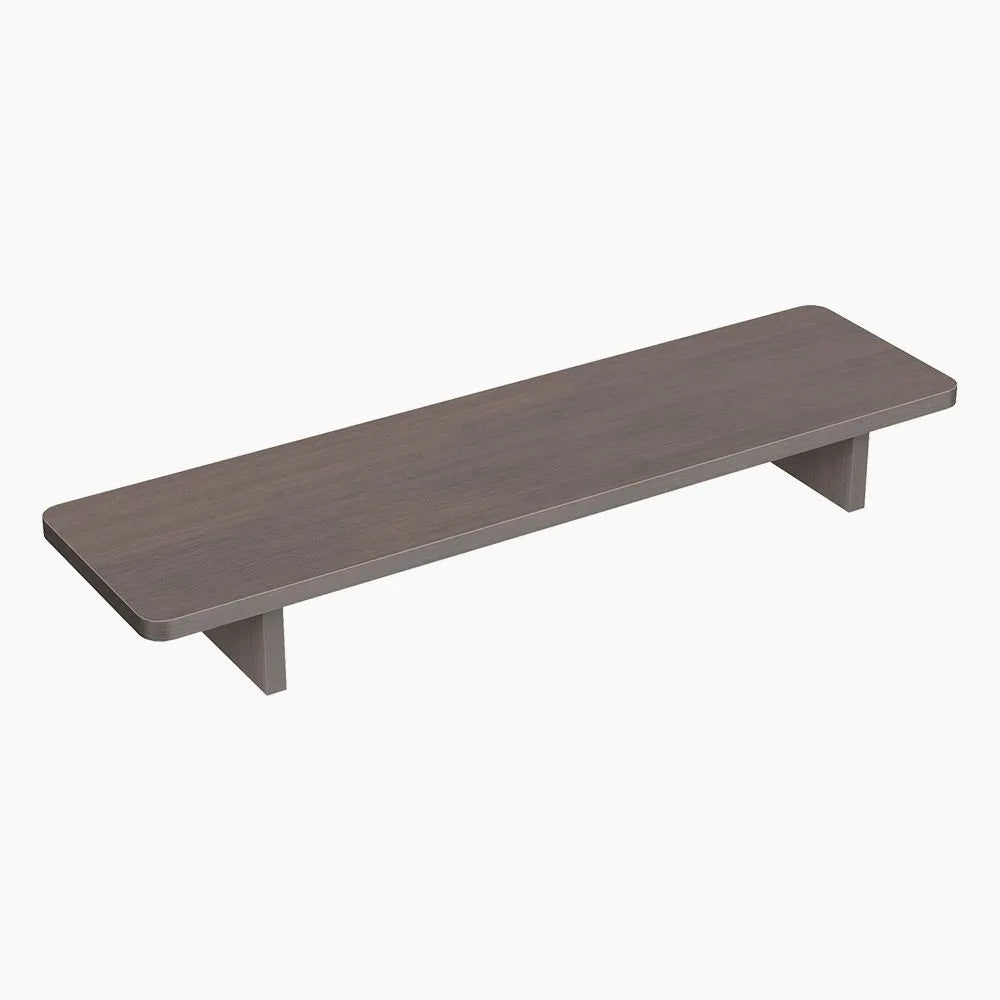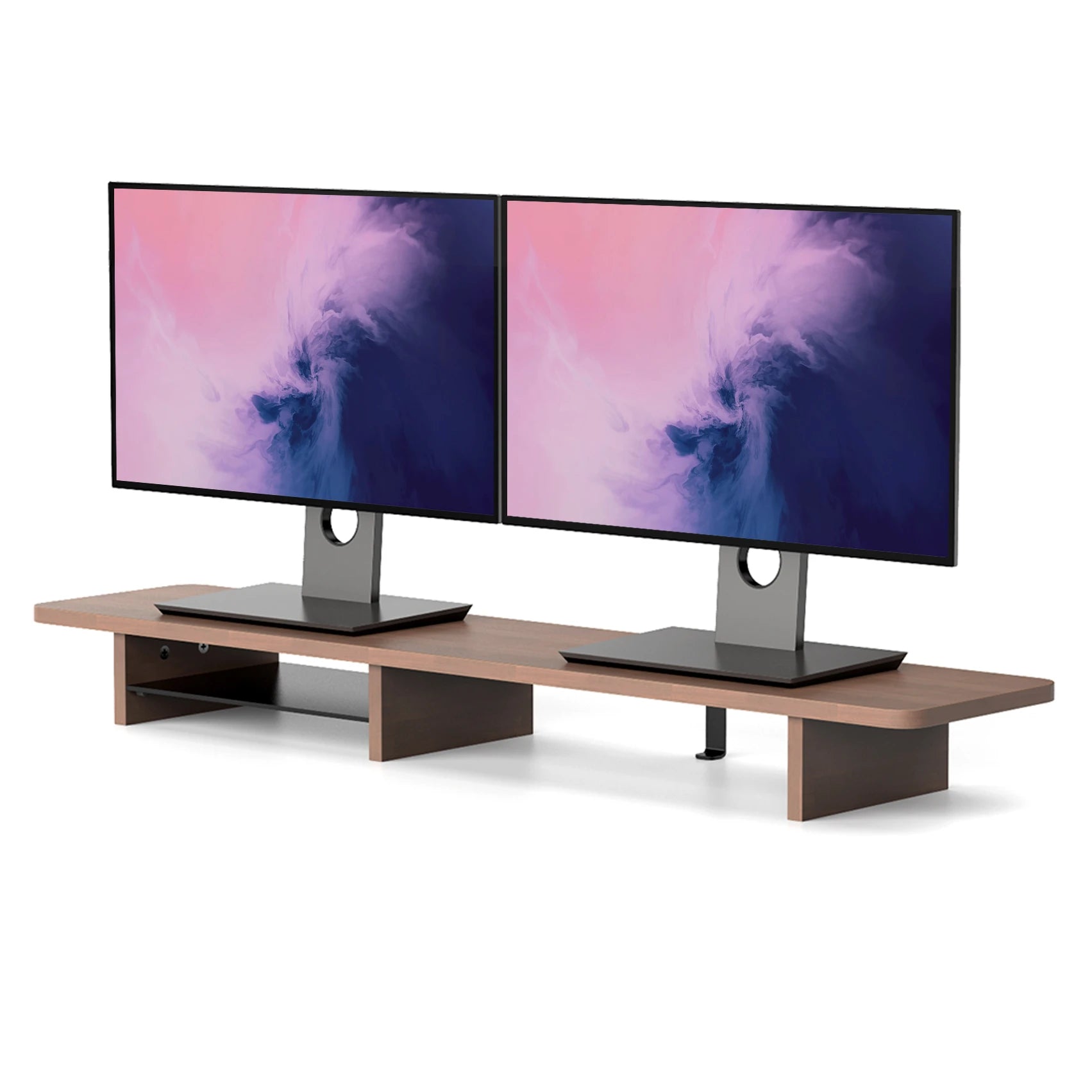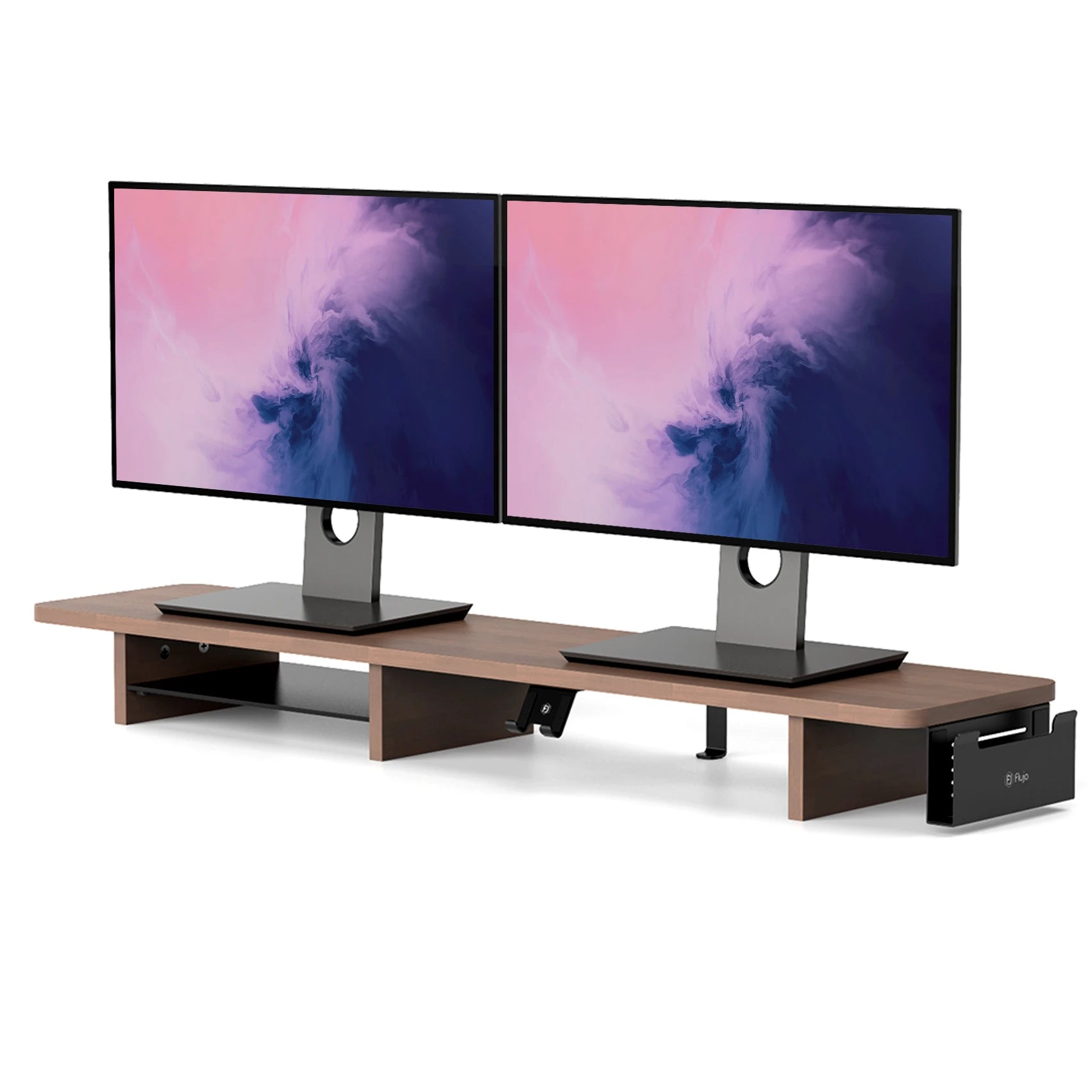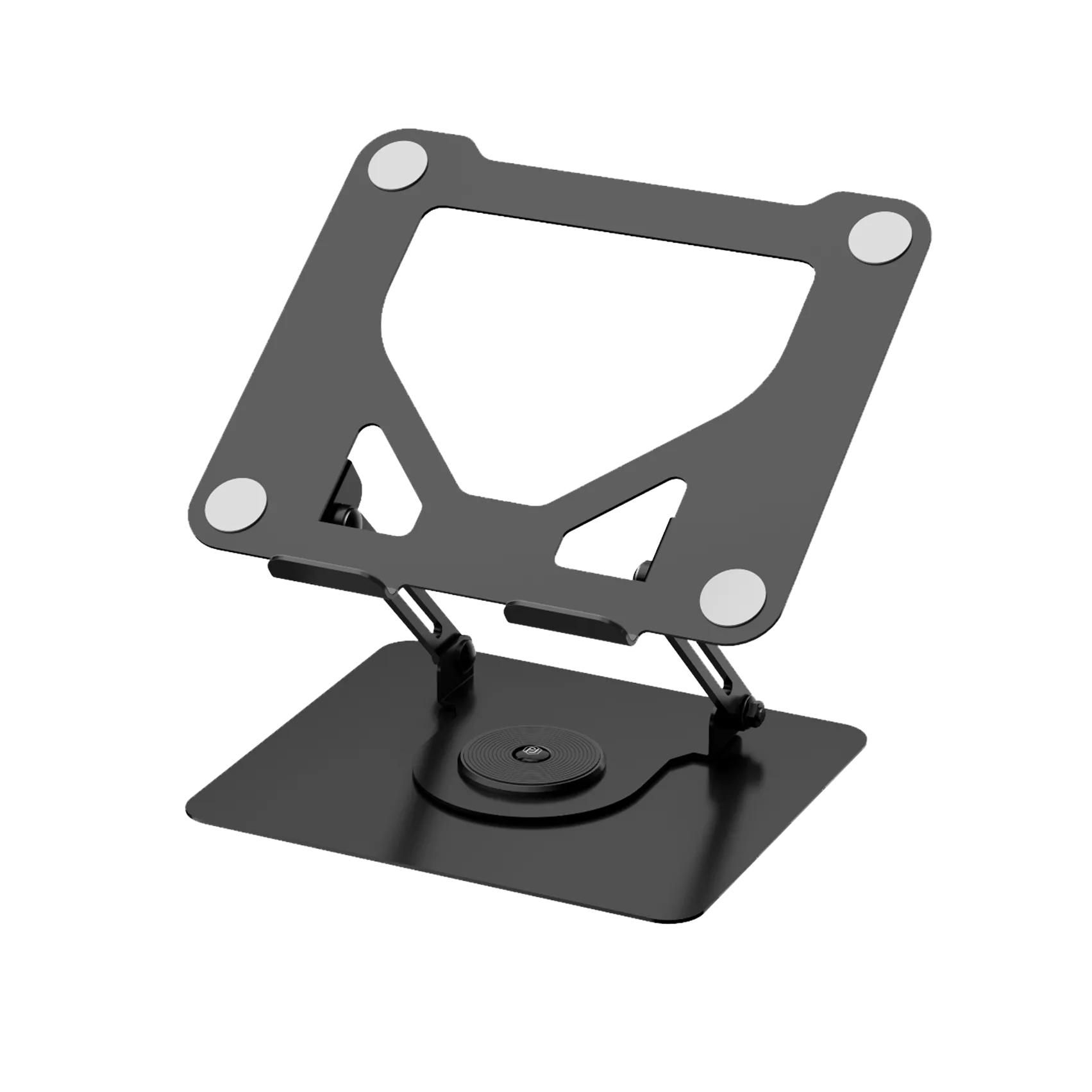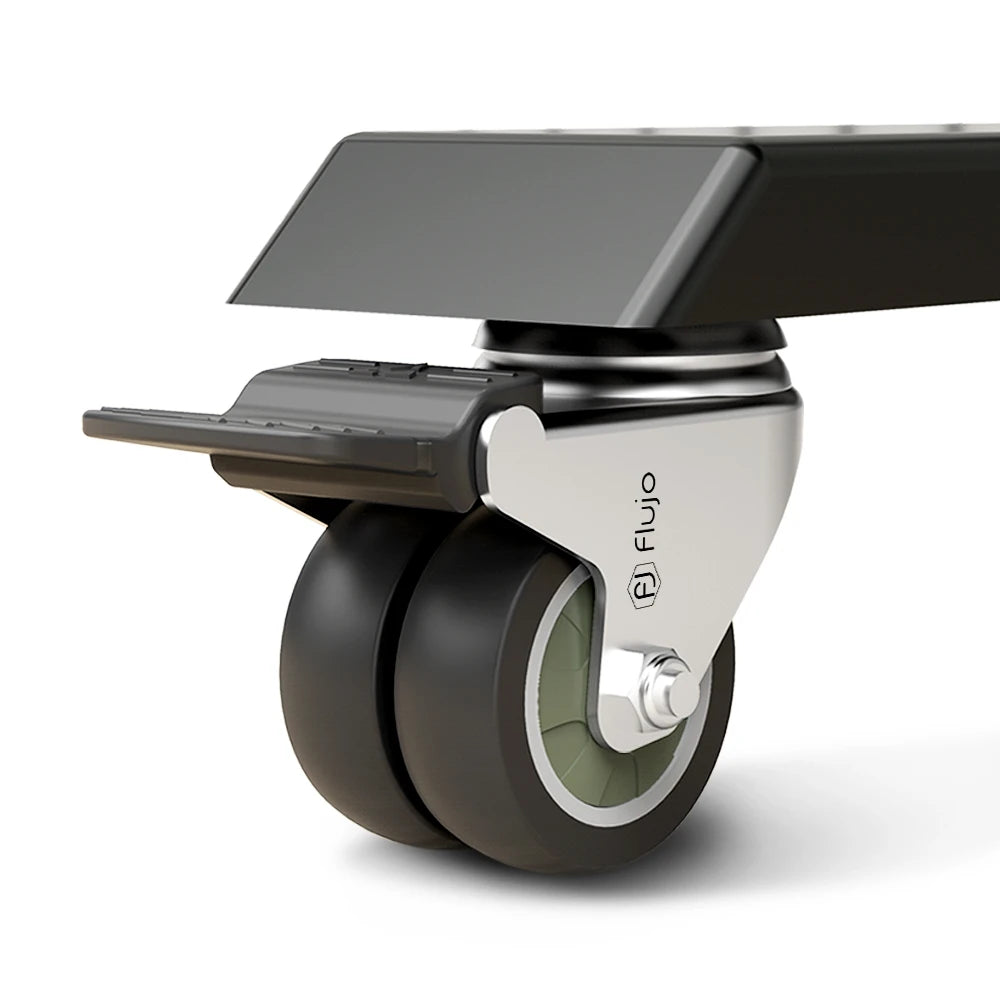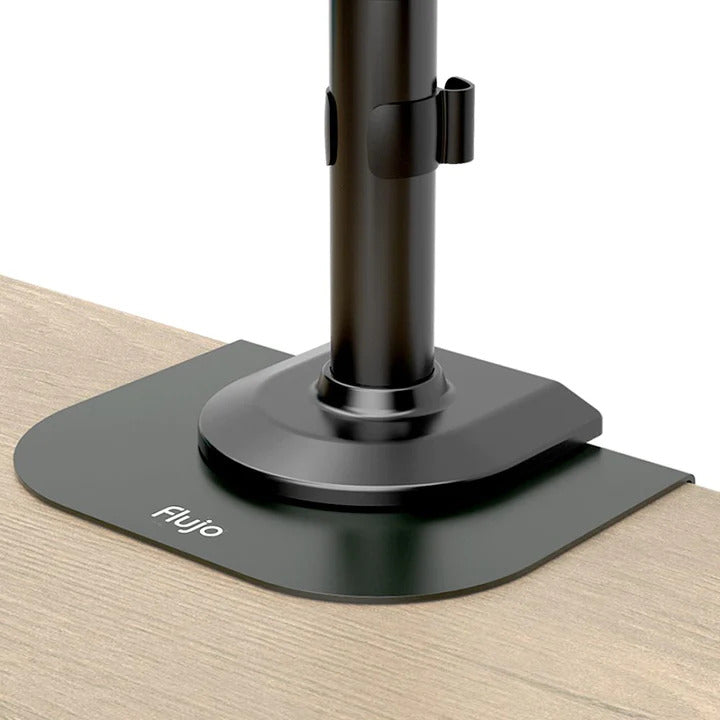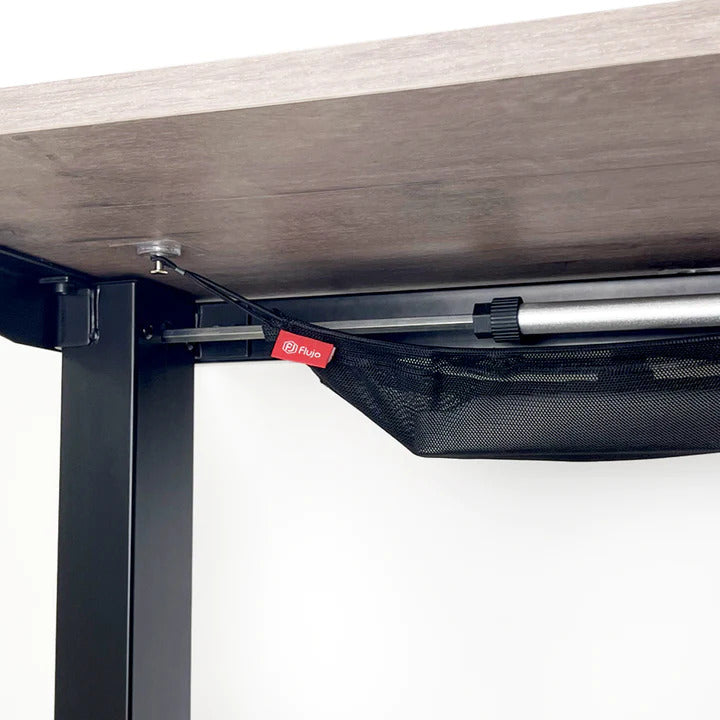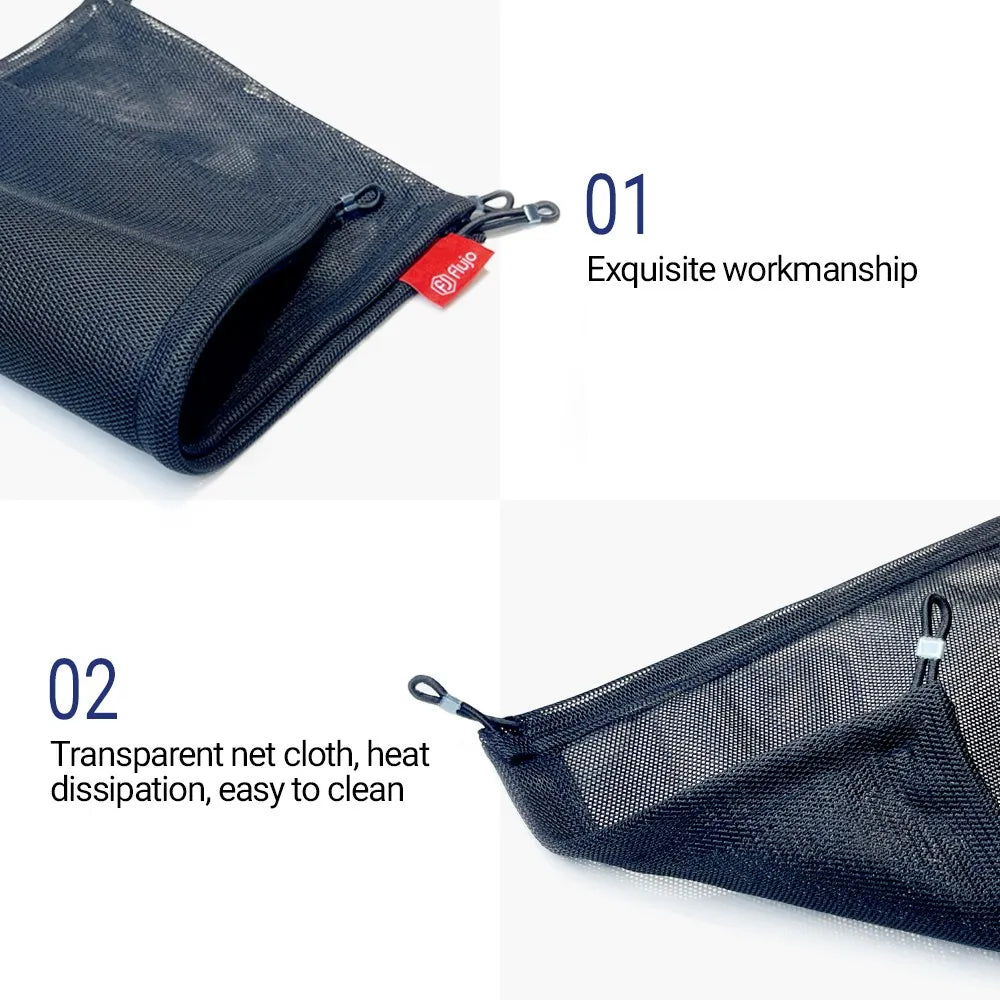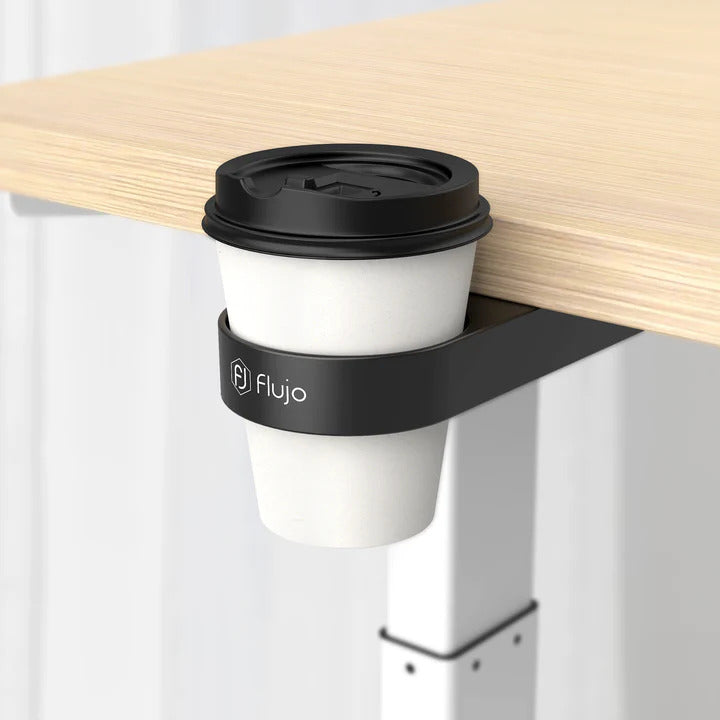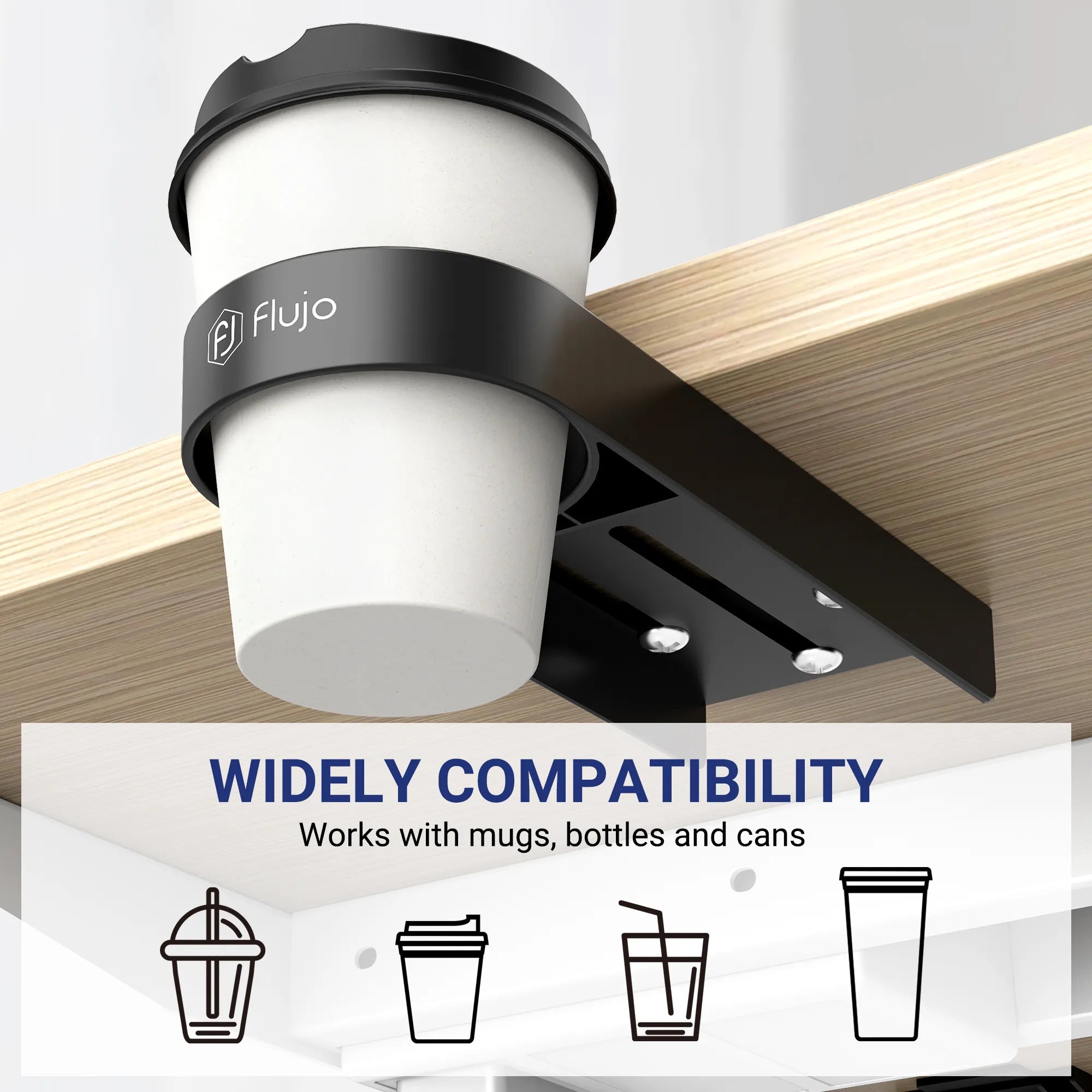Designing a Quiet Office in a Noisy City: Why Acoustic Pods Belong in Singapore Workplaces
Walk into any open-plan office in Singapore-CBD towers, shophouse conversions in Taniong Pagar, or business parks in one-north-and you'll hear it immediately: overlapping conversations, video calls on speaker, the faint whirr of HVAC, the ping of device notifications. lt's the soundtrack of modern work. Useful? Sometimes. Productive? Not always.
For Admin and HR Managers, Designers and Facilities teams, the question is simple: how do we protect focus, privacy, and well-being without sacrificing collaboration or tearing up the office? One proven, practical answer is to integrate Acoustic Pods-from compact Phone Booths for quick calls to larger Meeting Pods for hybrid collaboration-into your floor plan.
At Flujo, we design modular acoustic solutions made for Singapore's realities: limited floorplates, landloro fit-out rules, evolving hybrid policies, and the need to move fast without messy renovation. Here's how an acoustic strategy with pods at the core helps you create workspaces where people can genuinely do their best work.
The Singapore Problem: Constant Sound, Constant Context-Switching
Open offices were meant to be democratising. But when teams sit shoulder-to-shoulder, irrelevant background speech becomes the single most distracting sound in the room. Even low-level chatter hijacks attention because the human brain is wired to decode intelligible speech. Multiply that by hybrid meetings, weekly townhalls, and HR’s need for confidential conversations, and you get a persistent drag on focus and energy.
In Singapore, the challenge is amplified by space and density. Tenants often pack more seats into smaller footprints. Meeting rooms are booked solid. Teams jump between Zoom calls with overseas HQ, vendor calls, and candidate interviews. What’s the result? Over-used conference rooms for one-person calls and long waiting lists for the few quiet rooms you have.
Acoustic Pods break that bottleneck—fast.
Pods 101: What They Are and Why They Work
An Acoustic Pod is a fully-enclosed, purpose-built micro-room engineered to control sound. Good pods combine:
- Sound isolation (so conversations stay inside the pod, not across the office),
-
Echo-free interiors (to make speech clear on video calls),
-
Balanced ventilation & lighting (for comfort during longer sessions),
- Power and data (so the pod behaves like a proper workspace, not a box).
Within the pod family, you’ll typically deploy two types:
- Phone Booth – A compact single-user pod for quick calls, deep-focus bursts, or private HR moments.
- Meeting Pod – 2–6-person enclosed space for hybrid collaboration, interviews, coaching sessions, and project huddles.
Because they’re modular and freestanding, pods can be placed where the need is—close to workpoints—without wet works or long approvals. And when teams grow or the floorplate changes, pods move with you.
A Three-Layer Strategy for a Quieter Office
A robust acoustic plan doesn’t rely on a single trick. The most resilient workplaces use three complementary layers:
1) Targeted acoustic treatments
Treat the surfaces where noise builds up most: walls, ceilings, and floors. Absorptive panels reduce reverberation; ceiling baffles tame overhead reflections; acoustic underlay beneath soft flooring quietens footfall.
Designer tip for Singapore spaces: shophouse and high-ceiling units sound beautiful but behave badly—their hard surfaces magnify echo. Discreet wall panels and baffles can transform speech clarity without changing the interior aesthetic.
2) Layout optimisation
Plan for activity-based zoning. Use storage walls, planters, and glass partitions as acoustic buffers between focus areas and collaborative zones. Stagger desks back-to-back rather than face-to-face to reduce direct speech transmission. Keep noisy hubs (pantry, printers) away from heads-down work.
Facilities tip: if meeting rooms are perennially full, your plan is signalling a shortage of private spaces. Don’t build more big rooms; add small pods where the demand occurs—near sales, HR, or finance clusters.
3) Private workspaces (pods)
This is the decisive layer. Phone Booths handle spontaneous calls without “borrowing” a six-seater room. Meeting Pods absorb frequent 2–4 pax sessions, freeing formal rooms for true board-level meetings. The result is a calmer open office with fewer noise spikes and far better availability for confidential work.
Why Pods Make Particular Sense in Singapore
- Small footprints, big returns. Floor area is precious. A one-seat Phone Booth occupies roughly the footprint of a cabinet yet removes the single biggest noise offender—ad-hoc calls in open space.
- Faster than construction. Many landlords and managing agents prefer non-permanent solutions. Pods install quickly, minimise disruption (important in multi-tenant towers), and leave no renovation scars when you churn.
- Agile lease strategy. When your headcount shifts or you move buildings, Meeting Pods go with you. That protects capex and simplifies reinstatement.
- Hybrid-ready. Singapore teams coordinate with APAC, Europe, and the US. Pods give your people right-now availability for time-zoned calls without fighting for a meeting room.
- People outcomes. HR conversations, wellness breaks, coaching sessions—these require privacy. Pods provide it without signalling that someone has “disappeared” into an isolated corner.
What to Look for in a Pod (A Practical Checklist)
Acoustic performance that’s real. Look for clear, measurable isolation (ask about lab and in-use performance, not just marketing claims). Quality door seals, solid frames, and double-glazing matter.
Speech clarity inside. Interiors should have a mix of absorptive and diffusive surfaces to avoid that hollow “bathroom” sound on video calls. Flat hard walls will echo; well-balanced linings won’t.
Ventilation you can feel. Good pods keep air turning over quietly. Users should not feel stuffy during a 45-minute call. Ask for air-change rates and try a live demo.
Power, data, and ergonomics. Integrate sockets, USB-C, and cable routing. Seating and worksurfaces must be comfortable for real work, not just “stand and talk”.
Fire & building considerations in Singapore. Work with your landlord and QP/MA on placement. Some buildings require sprinkler coverage or local detectors depending on the pod size and location. Because pods are modular, compliance is typically straightforward with the right documentation.
Sustainability & serviceability. In Singapore’s humid climate, materials, finishes, and warranties matter. Choose brands with local support, spare parts, and maintainable filters.
Where Pods Pay Off the Fastest (Use-Case Playbook)
- Sales & Account Teams: constant client calls; Phone Booths curb spillover and keep energy high without draining neighbouring focus.
- Engineering & Design: protected focus for deep work while keeping collaboration zones lively; Meeting Pods host quick sprint reviews.
- HR & People Ops: private pods for sensitive conversations (performance, benefits, or return-to-work) that shouldn’t wait for the only closed room.
- Talent Acquisition: interview pods offer neutral, quiet spaces—no awkward glass-box fishbowl effect.
- Finance & Legal: compliance-friendly calls and document reviews without hunting for a room.
- Hybrid “Zoom Row”: a line of Phone Booths near the team cluster keeps video calls off the open floor and out of the boardroom calendar.
How Many Pods Do You Need?
A simple starting rule for Singapore offices is:
- 1 Phone Booth per 10–12 employees in call-heavy teams (sales, partnerships, customer success);
- 1 per 15–20 employees in mixed teams;
- 1 Meeting Pod (2–4 pax) per 30–40 employees, depending on your existing room mix.
Track utilisation for the first month. If booths are queued at peak times (usually 10:00–12:00 and 2:00–5:00), add another unit near that cluster. Because pods are modular, you can scale by adding a second Phone Booth or upgrading to a Meeting Pod in the same zone.
The Flujo Approach: Pods Built for Singapore
Flujo’s acoustic range is engineered for clarity, comfort, and mobility across Singapore workplaces:
- Flujo UniPod (Phone Booth). A compact Acoustic Pod for one: fast-entry door, tuned interior acoustics, quiet airflow, integrated power & task lighting. Perfect for spontaneous calls, telemedicine, or 30-minute deep-focus bursts.
- Flujo Hexa / Nexus (Meeting Pods). 2–6-person Meeting Pods designed for hybrid: echo-controlled linings for crisp speech, comfortable seating & table options, and cable-ready for room systems.
- Design-friendly finishes. Neutral shells with warm, modern interiors play nicely with everything from minimalist CBD fit-outs to biophilic coworking concepts.
- Singapore support. Local team, delivery, placement, and after-sales—so Facilities aren’t left managing a box shipped from overseas.
Whether you’re improving a single floor in Raffles Place or rolling out a pod strategy across multiple sites, Flujo pods deliver predictable acoustic outcomes without the delays and costs of heavy renovation.
Implementation: A 5-Step Pod Plan for Admin/HR/Facilities
- Map the pain. Pull one week of meeting-room analytics. Where are single-person bookings displacing team meetings? Which teams generate the most ad-hoc calls? Walk the floor during peak call windows.
- Pick the pod mix. Start with Phone Booths where call density is highest; add Meeting Pods near cross-functional hubs (HR, project rooms, design studios).
- Design the layout. Place pods next to workpoints, not at the periphery. Use planters, storage, or soft partitions to create calming buffers.
- Handle building coordination. We’ll support drawings and documents for landlord/MA review and advise on power points, sprinklers/detectors if required, and safe egress.
- Measure & iterate. Track utilisation, noise hotspots, and satisfaction. Add or relocate pods as team rhythms evolve.
The Human Difference: What Changes When Sound Is Managed
When background speech drops and speech clarity rises, you get more than quieter floors. You get:
- Better work quality (fewer errors from distraction),
- Faster task completion (less context-switching),
- Happier people (less stress, more control over environment),
- Smarter space usage (meeting rooms freed for true meetings), and
- A stronger employer brand (candidates feel the difference the moment they step in).
In a talent-competitive city like Singapore, those gains matter.
Ready to Make Your Office Sound Better?
If you’re considering an Acoustic Pod, Phone Booth, or Meeting Pod strategy for your Singapore workplace, Flujo can help you audit needs, plan placement, and deploy quickly with minimal disruption. Start small, measure, and scale—your teams will feel the change in the very first week.
Quiet is not a luxury. It’s the infrastructure of good work.
Let’s build it—one pod at a time.
Flujo – Workspaces reimagined. Explore our acoustic pods at flujostore.com.



